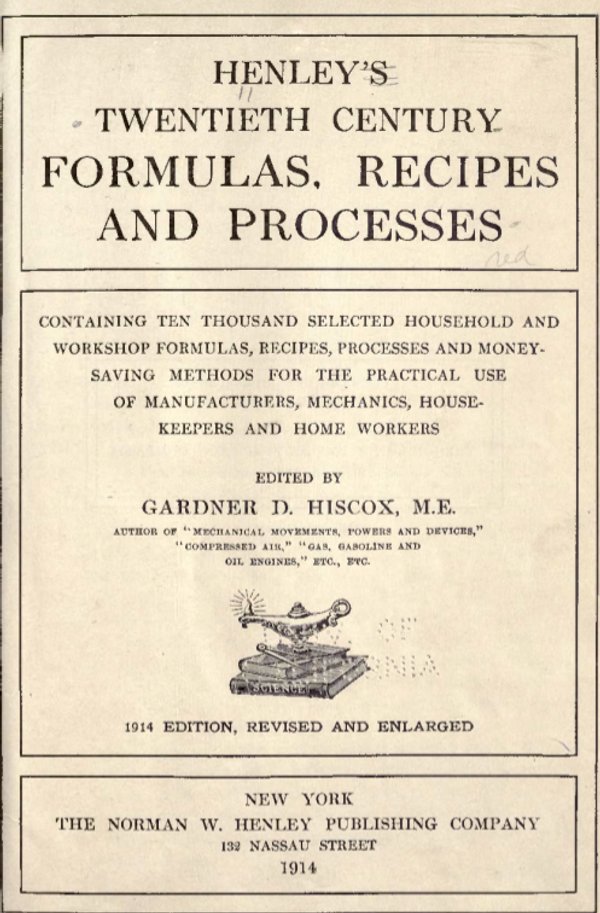
Pieter Bruegel, the Triumph of Death
I have written previously about the dark and miserable era that followed the fall of Rome, starting in the 5th Century. Here’s another: Europe in the 14th Century.
In 1978, the historian Barbara Tuchman, who won a Pulitzer for her history of World War I, published a book that also became a best-seller: A Distant Mirror: The Calamitous 14th Century. This book caused quite a stir when it was first published, and I had long meant to read it. I finally did, after I found a copy of it in a junk store in Madison for 75 cents.
Centuries before, the ideal of chivalry had provided a little light in the darkness of the Middle Ages. But by the 14th Century, chivalry had fallen into decadence. The nobility lived as parasites off the labor of the peasantry and gave nothing to speak of in return. War and extravagant consumption, it seems, were all the nobility lived for. Wars went on and on from their own inertia, though no one even remembered what they were fighting for.
The church too, in centuries past, had preserved a tiny light of order and learning in the darkness of the Middle Ages, but by the 14th Century the church was as decadent and corrupt and parasitic as the nobility. Everything was for sale: the sacraments, annulments, dispensations, pardons, offices, emoluments. The church also was torn by schism. There were two popes, one in Rome and one in Avignon. Torture and Inquisition were highly refined and ruthlessly practiced.
The peasantry was miserably poor, lived in filthy hovels, was racked with disease and saddled with crushing taxes. Up to two-thirds of their children did not live to be adults. Several times during the century, there were peasant revolts. But always those revolts were put down as quickly as the nobles could rally enough men on horseback to cut the peasants down.
And if that wasn’t enough, there was the Black Death, which killed up to 60 percent of Europe’s population. There were no longer enough people to till the fields, further increasing the misery for those who survived the plague.
By 1415, French chivalry was in ruins, with thousands of nobles dead in the mud at the Battle of Agincourt. Those ruins of the fortresses and abbeys of the Middle Ages that we see today: Much of that was not the result of centuries of gradual decay. Rather, it was destruction caused by the wars, raiding and pillaging of the 14th Century.
A saint was born out of this ruin: Joan of Arc.
Why is this relevant to a relocalization blog? Because human nature doesn’t change. We would do well to not forget how thin is the veneer of civilizaton, or how fragile the rule of law. No matter what the cost of war, we humans never seem to learn. Elites, glorifying war, have the same tendency to become ever richer and to make ever greater wagers to increase their wealth and power. Again and again we find that the times of greatest luxury for elites are the times of greatest hardship for those who actually do the work.
To quote Barbara Tuchman:
“Chivalry, the dominant political idea of the ruling class, left as great a gap between ideal and practice as religion. The ideal was a vision of order maintained by the warrior class and formulated in the image of the Round Table, nature’s perfect shape. King Arthur’s knights adventured for the right against dragons, enchanters, and wicked men, establishing order in a wild world. So their living counterparts were supposed, in theory, to serve as defenders of the Faith, upholders of justice, champions of the oppressed. In practice, they were themselves the oppressors, and by the 14th century the violence and lawlessness of men of the sword had become a major agency of disorder. When the gap between the ideal and real becomes too wide, the system breaks down. Legend and story have always reflected this; in the Arthurian romances the Round Table is shattered from within. The sword is returned to the lake; the effort begins anew. Violent, destructive, greedy, fallible as he may be, man retains his vision of order and resumes his search.”
A Distant Mirror: The Calamitous 14th Century. Barbara W. Tuchman. Alfred A. Knopf, New York, 1978. 720 pages.




